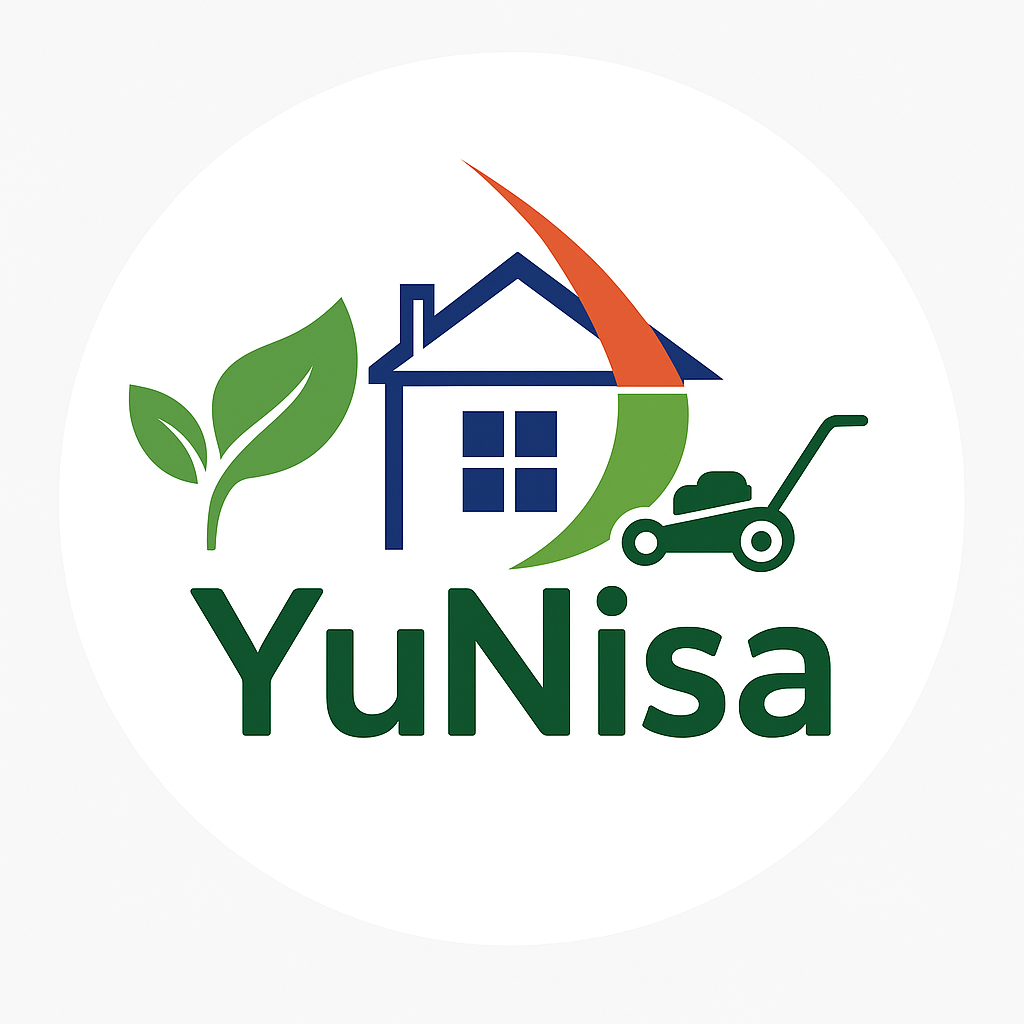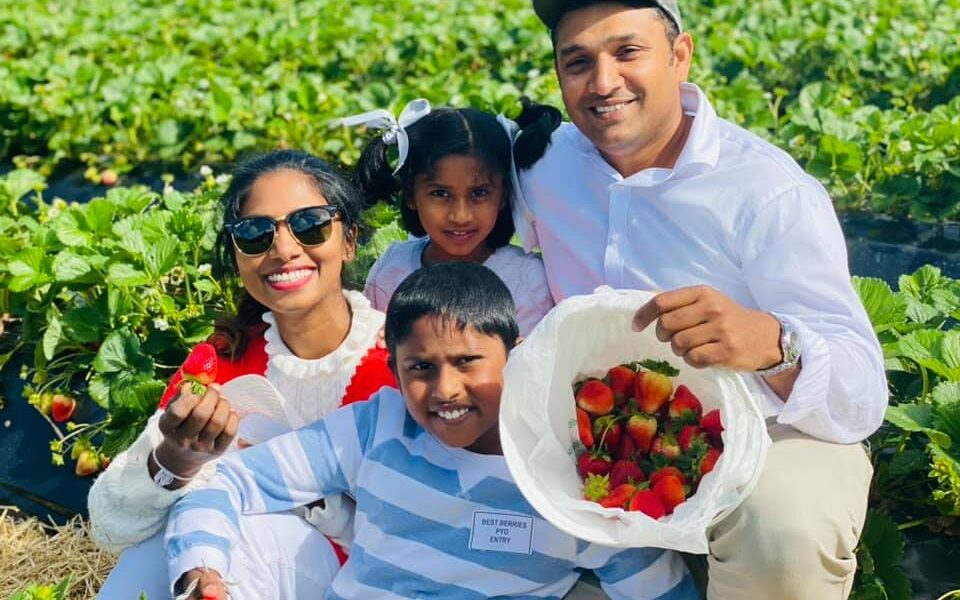Edible Landscaping

Edible landscaping is a sustainable and functional approach to gardening and landscape design that integrates edible plants into traditional ornamental landscapes. Instead of planting only decorative plants, edible landscaping incorporates fruit trees, vegetables, herbs, and edible flowers into the design, creating a beautiful and productive outdoor space. Here are some key aspects and benefits of edible landscaping:
- Aesthetic Appeal: Edible landscaping combines the beauty of ornamental plants with the functionality of edible crops, creating an attractive and visually appealing garden.
- Sustainability: Growing your own food in your landscape reduces the need for transportation and packaging of store-bought produce, decreasing your carbon footprint and promoting sustainability.
- Food Production: Edible landscaping provides a source of fresh, organic, and homegrown food, reducing grocery bills and promoting self-sufficiency.
- Biodiversity: A diverse range of plants, including fruit trees, berry bushes, and herbs, can attract beneficial insects and pollinators, enhancing overall biodiversity in your garden.
- Seasonal Harvests: Different edible plants can be selected to provide a continuous harvest throughout the year, ensuring a variety of fresh produce.
- Space Efficiency: Edible landscaping maximizes the use of space by integrating edibles with ornamental plants, making the most of available garden space.
- Low Maintenance: Some edible plants, such as perennial herbs and fruit trees, require minimal maintenance compared to traditional lawns and landscapes.
- Water Efficiency: Many edible plants are well-suited to the local climate and can be more water-efficient than non-native ornamentals.
- Educational Value: Edible landscaping can serve as an educational tool for teaching children and adults about gardening, food production, and the importance of sustainable practices.
- Community Building: Sharing the surplus of your edible garden with neighbors and friends can help build a sense of community and promote local food-sharing networks.
To create an edible landscape, consider the following steps:
- Site Assessment: Evaluate your garden’s sunlight, soil quality, and microclimates to determine which edible plants will thrive in your specific conditions.
- Plant Selection: Choose a variety of edible plants, including fruit trees, berry bushes, herbs, vegetables, and edible flowers that are suitable for your region and site.
- Design: Plan your landscape layout, considering aesthetics, accessibility, and spacing between plants. Group plants with similar water and sunlight needs together.
- Maintenance: Establish a maintenance routine, including watering, pruning, and soil care, to ensure the health and productivity of your edible landscape.
- Harvest and Enjoy: As your plants grow and produce, harvest and enjoy the fresh, homegrown food right from your garden.
Overall, edible landscaping offers a sustainable and enjoyable way to beautify your outdoor space while providing food for your family and community.

